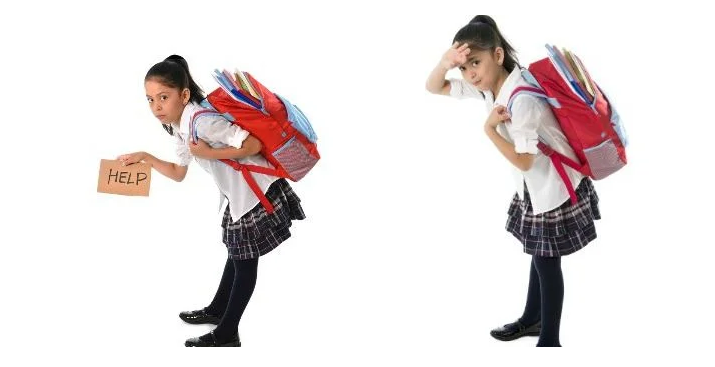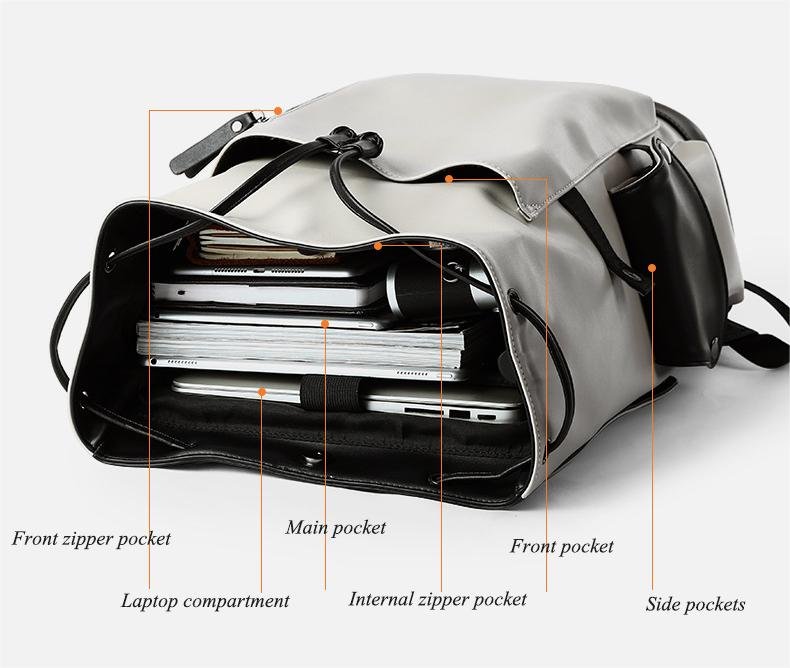As students gear up for another school year, one of the essential items on their back-to-school checklist is the trusty backpack. However, the convenience of carrying books, laptops, and supplies in a backpack can quickly turn into a health hazard if not packed and worn correctly. In this article, we explore the importance of properly packing your school backpack to prevent unnecessary strain on your back and shoulders. From understanding weight limitations to distributing weight effectively and choosing the right backpack, we provide guidelines and tips to help students pack their backpacks in a way that promotes both comfort and health.

Importance of Properly Packing Your School Backpack
- Why Proper Backpack Packing Matters
Properly packing school backpacks isn’t just about fitting all your stuff in there like a game of reverse Tetris. It’s crucial for your comfort, health, and overall well-being. Trust me, your back will thank you later.
- Effects of Heavy Backpack on Students’ Health
Let’s face it, lugging around school backpacks that weighs as much as a small elephant is no joke. Heavy backpacks can lead to a myriad of health issues like back pain, poor posture, and even muscle strain. Time to lighten the load, folks.
Recognizing Signs of Overloaded Backpack
- Physical Symptoms of Carrying a Heavy Backpack
If you feel like your school backpack is auditioning for a role as a lead weight, pay attention to your body. Shoulder pain, backaches, and headaches could be signs that your backpack is tipping the scales on the heavy side.
- Behavioral Indicators of an Overloaded Backpack
Your backpack should not make you walk like a weary traveler on a months-long trek. If you find yourself leaning forward or struggling to maintain good posture, it might be time to lighten the load.

Guidelines for Distributing Weight in Your Backpack
- Optimal Packing Strategies for School Supplies
While packing your backpack, try to think Tetris: maximize the space by fitting items together like a harmonious puzzle. Heavy items should be placed closest to your back, with lighter items towards the front to distribute weight evenly.
- Utilizing Compartments and Pockets Effectively
Don’t let your backpack turn into a black hole of lost pens and crumpled papers. Use compartments and pockets to categorize and separate your supplies for easy access. Keep frequently used items within reach, so you’re not digging for buried treasure during class.

- Methods for Reducing Backpack Weight
Let’s face it, textbooks are not known for their feather-light properties. Consider photocopying key pages or using digital versions to cut down on weight. Only carry what you need for the day to avoid unnecessary heaviness.
- Alternatives to Carrying Heavy Items in Your Backpack
If your backpack is resembling a mini boulder, explore alternative ways to transport your stuff. Utilize lockers, leave unnecessary items at home, or consider using a rolling backpack if your school allows it.

